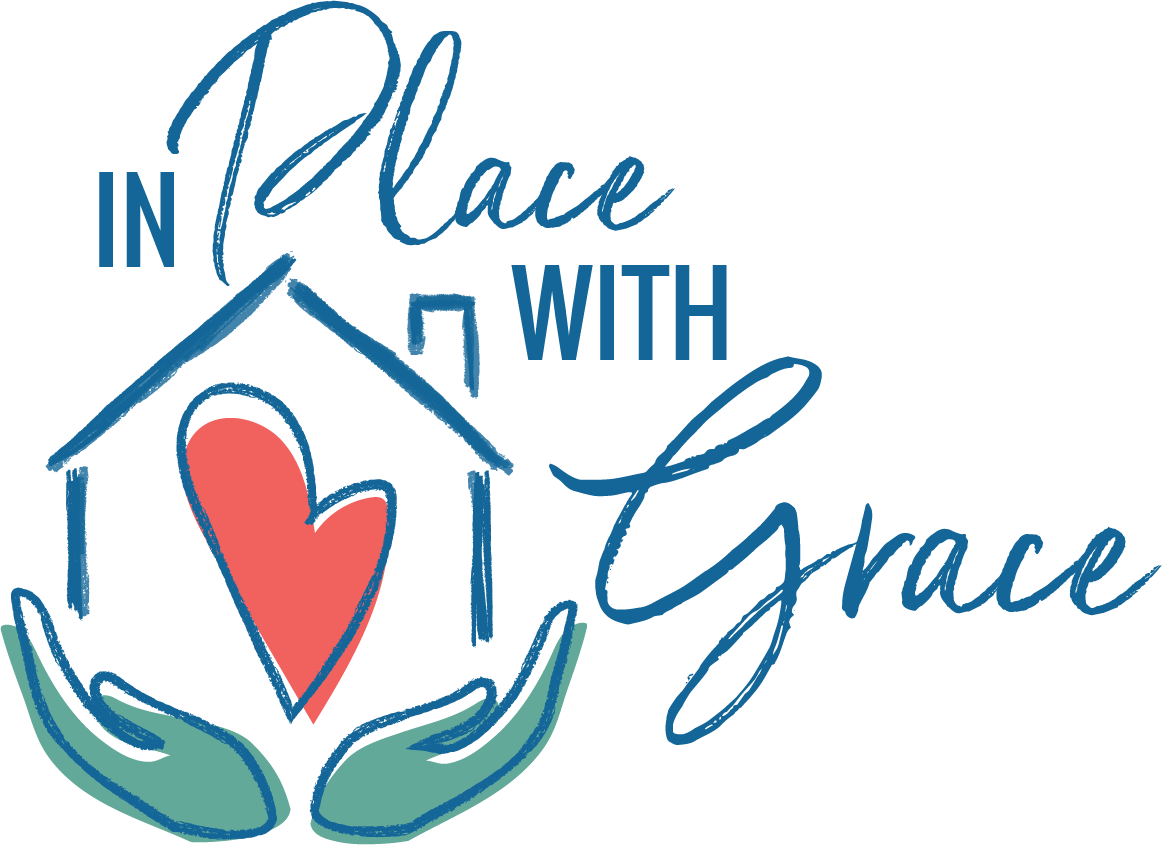
We are beginning to hear the term “assistive technology” more commonly these days. Technology is advancing by leaps and bounds which makes it difficult to keep up our knowledge.
The definition of assistive technology is an adaptive/assistive device, software or piece of equipment which helps people with disabilities perform everyday functions that may otherwise be difficult or impossible. A person’s functional capabilities can increase or improve with proper equipment. Assistive technology is anything that makes it easier to eat, write, live independently, remember, read, learn, increase mobility or communicate. It can be a s simple as adaptive silverware and as complex as a computer.
Let’s look at some types of assistive technology
Types of Computers
- Desktop – fits on or under a desk. They utilize peripheral devices for interaction, such as a keyboard and mouse for input and display devices like a monitor. Desktops are made to stay in one place.
- Laptop– a small portable personal computer. Laptops can fold like a clam shell and have built-in keyboard and touchpad. They come with a battery so you can unplug and work without a wire until the battery needs to be recharged. Sometimes the word laptop and notebook are interchangeable.
- Tablet– portable computer that uses a touch screen as its primary input on the device. They come in different sizes from about 9” to 13”. Tablets are smaller and weigh less than a laptop. They also offer accessories like fold out keyboards and cases to carry the device.
Helpful Features of a Phone/Computer/Tablet:
- Read texts/books if vision problems are an issue
- Speaking rate options if you have problems with your voice
- Highlight and magnify content so it is easier to see
- Talk into the device instead of typing which is good if you have coordination problems
- Keep your calendar on your device or use it as an alarm clock
- It has camera for pictures and you can keep your address book
- Calculator and play music
More examples of Advanced Technology include Alexa/Amazon Echo, Siri Home and Google Now. These devices are virtual personal assistants which listen to your commands and give responses to help with the activities you need done. These personal assistants can control several smart devices using itself as a home automation system. They can do all the features the computers can do and more by using more than one device. Controls can be utilized through an app on your phone or going to the website. Usually you pick a “wake up word” which can be changed to whatever you want through the app or website. For instance you can say “Alexa play country music”. If you have someone in your house named Alexa you can change the name. Another example is “Alexa good night” and you will get a series of lights going off, TV off, security cameras may come on and heat and air conditioning can be controlled. You can customize to your preference. A nice feature is you can ask what the weather, traffic and news is for that day. By setting alarms, it can remind you to take your medicine, check your blood sugar or that it’s time to leave for a doctor’s appointment. Amazon Echo Plus is about $149.99. Siri Home Pod $299 and Mini Pod is $99. Echo Dot is $44.99.
